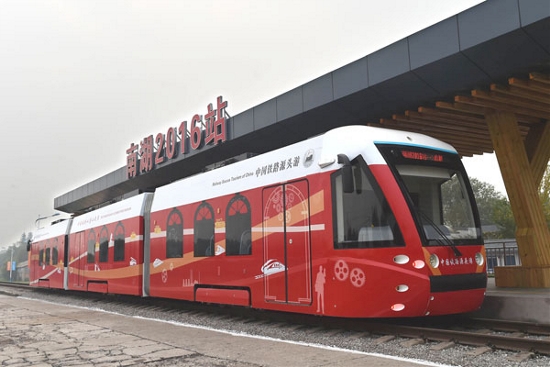The Chinese government recently issued a whitepaper on the status and prospects of the hydrogen fuel and fuel cell sectors, indicating that energy derived from hydrogen will become an important part of the Chinese energy network.
According to the whitepaper, hydrogen fuel is expected to account for some 10 percent of the Chinese energy system by 2050, by which time demand for hydrogen fuel is anticipated to grow to nearly 60 million tons and its annual economic output is expected to surpass 10 trillion yuan (approx. US $1.4 trillion). Hydrogen fuel is expected to see wide application in a number of sectors, including transportation and industrial production.
Notably, the whitepaper also points out the shortages in the Chinese hydrogen fuel sector: the sector has made substantial progress in the production and application of fuel cells and related components but still lags behind in terms of hydrogen storage and transportation as well as infrastructure. Looking forward, the sector is expected to see further improvement in hydrogen storage and transportation with hydrogen fueling stations across China anticipated to exceed 10,000 by the end of 2050.
With the accelerated growth of the Chinese hydrogen fuel sector, energy derived from the gas has already seen wider application across a variety of sectors, especially hydrogen fuel cell vehicles. Against this background, China’s hydrogen production continues to grow and is expected to jump to nearly 20 million tons this year from over 9 million tons in 2018 and to surpass 20 million tons in 2020. According to data released by the China Society of Automotive Engineers, the Chinese hydrogen-fueled vehicle sector is anticipated to break the one-trillion-yuan (approx. US $145 billion) mark by 2030.
Thanks to the wider application of hydrogen fuel, combined industrial output value of the sectors where hydrogen is applied is estimated at nearly 400 billion yuan (approx. US $58 billion) by 2019 and over 500 billion yuan (approx. US $72 billion) by 2022. In addition, combined sales in such sectors are anticipated to surpass 350 billion yuan (approx. US $50 billion) by 2019 and near the 500-billion-yuan milestone (approx. US $72 billion) by 2023.
With the increasing awareness of environmental protection among the public, the development of clean energy is on track to become the mainstream trend in the Chinese energy industry. Of note, in light of the wide application of hydrogen fuel in industrial production, healthcare and energy power generation, the future for the clean energy is promising.
In addition, thanks to the upgraded technologies for the production, storage and transportation of hydrogen, the cost associated with the application of hydrogen fuel is expected to further decrease.
The development of hydrogen-fueled vehicles appears now to be an inevitable trend in the Chinese new energy vehicle market. Hydrogen-powered vehicles are viewed as a vehicle with several advantages, including higher energy conversion efficiency, low noise, long range and no need for recharging.
Finally, the Chinese government has attached high importance to the hydrogen fuel sector and put in place a number of policies to boost development. The hydrogen fuel cell vehicle market is on track for accelerated growth as additional favorable policies are expected to be issued by the government in the not too distant future.
The future of power generation is on the docket for discussion at POWERGEN Europe and POWERGEN International.





